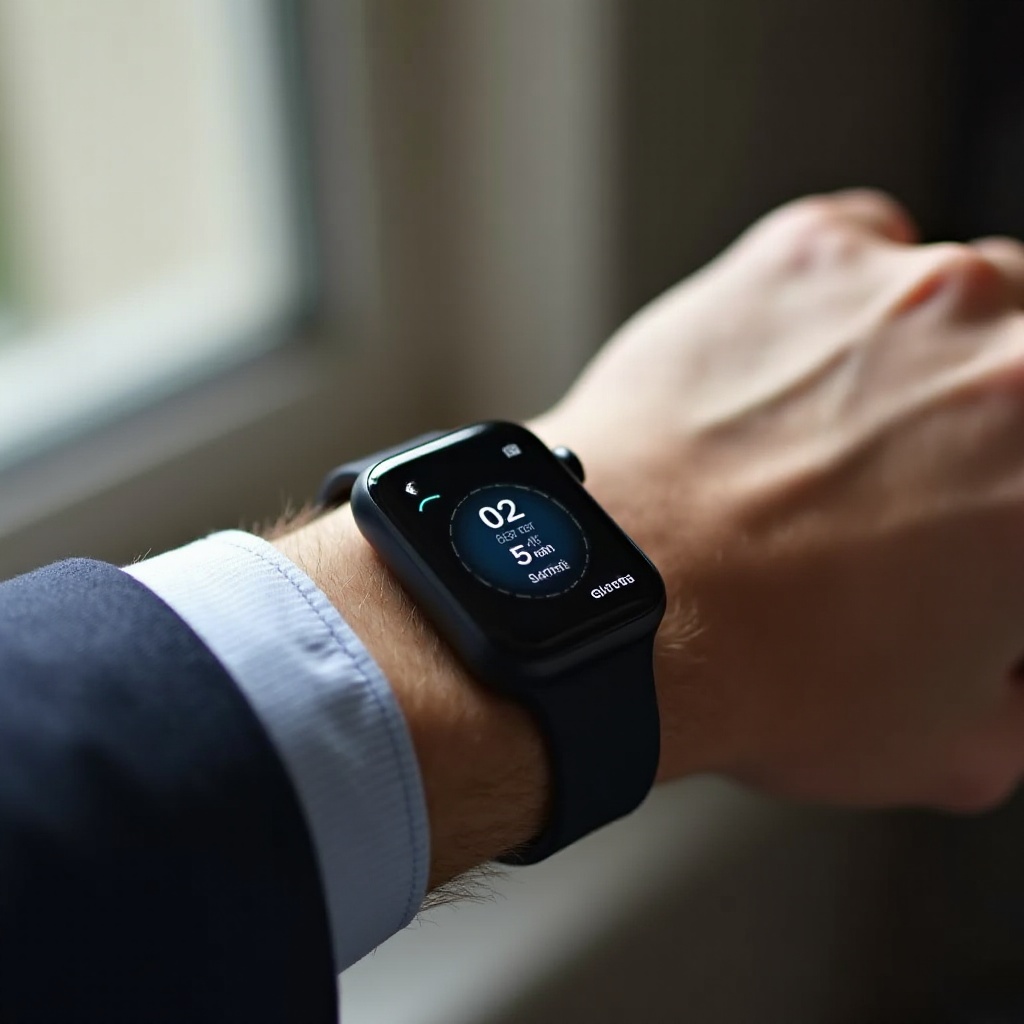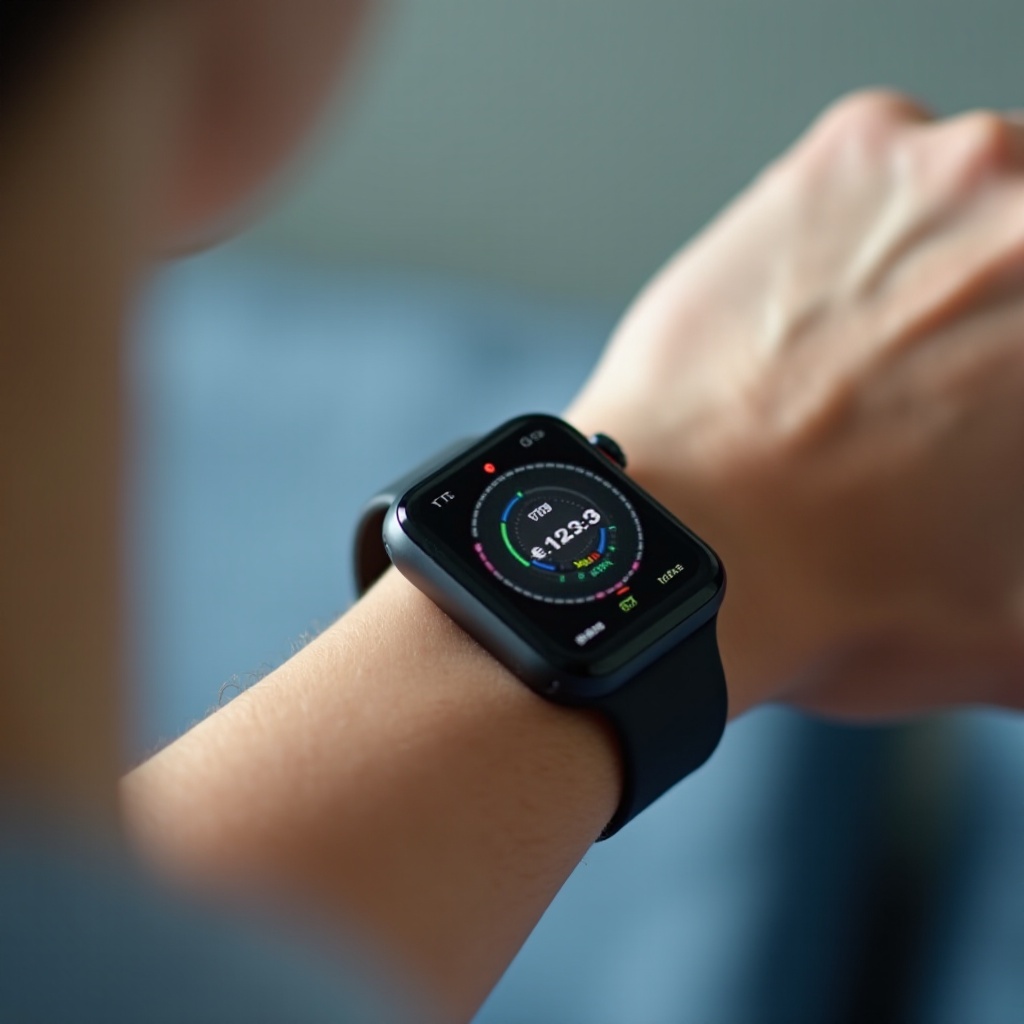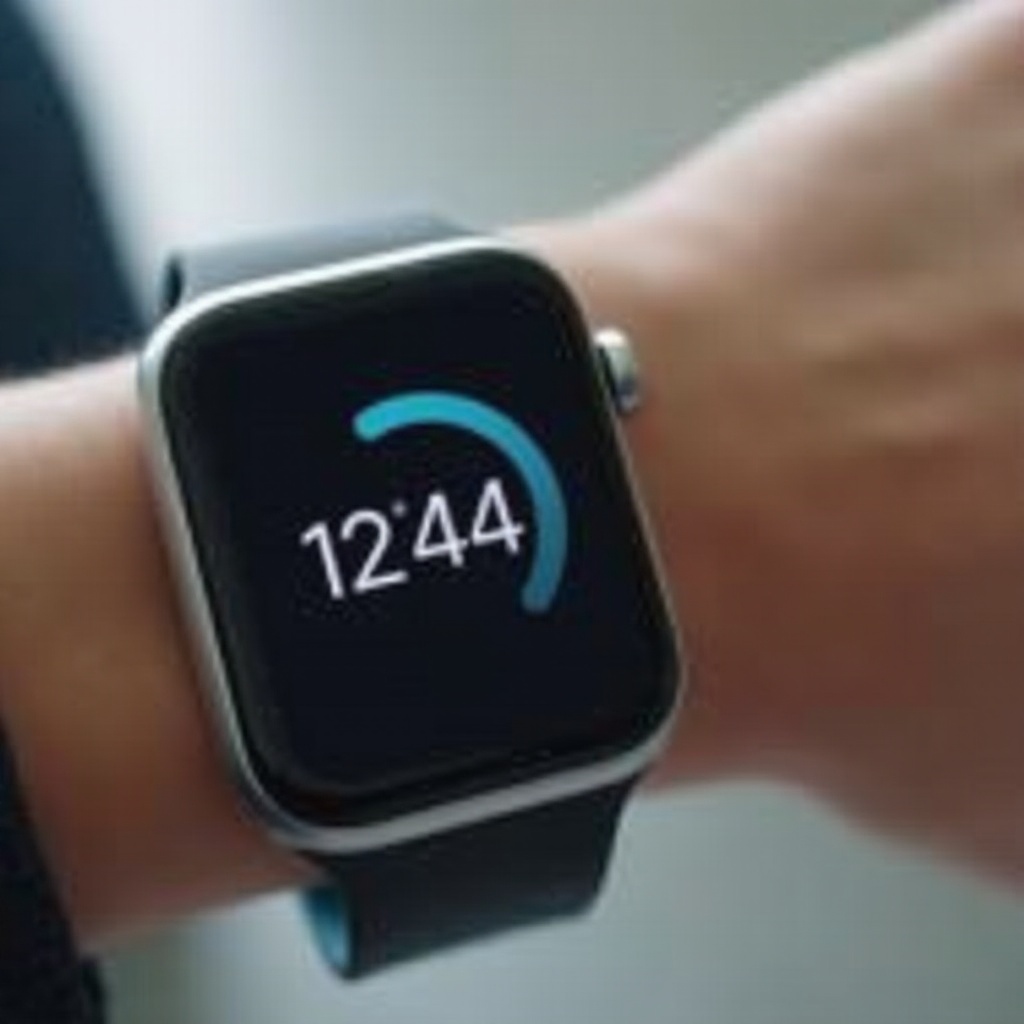
Introduction
Smartwatches have revolutionized the way we monitor our health. From tracking heart rates to recording sleep patterns, they provide a wealth of information at our fingertips. One of the latest advancements is the ability for smartwatches to measure glucose levels. This innovation could be a game-changer for millions of people living with diabetes. Understanding how these devices work, the technology behind them, and their benefits can help users make informed choices about their health.

The Evolution of Smartwatch Health Monitoring
Smartwatches have come a long way since their inception. Initially, they were glorified digital watches with basic notifications. However, as technology evolved, so did the capabilities of these devices.
Brief History and Advancements of Smartwatches
Early iterations of smartwatches could barely keep up with notifications from our phones. Fast forward to today, and we have devices that monitor heart rates, track sleep patterns, and even measure oxygen levels. The incorporation of health-related technology has been a significant leap forward. From basic fitness trackers to sophisticated health-monitoring devices, the evolution has been rapid and impressive. This progress has set the stage for the most recent breakthrough: glucose monitoring.

The Technology Behind Smartwatch Glucose Monitoring
Understanding the technology behind smartwatch glucose monitoring is crucial in appreciating how these devices function.
Non-Invasive Glucose Monitoring Methods
Traditional glucose monitoring involves pricking the skin to obtain a blood sample. Smartwatches, on the other hand, use non-invasive methods. One of the most promising techniques is spectrometry, where light is used to measure glucose levels in the skin. Another method involves using chemical sensors to detect glucose in sweat.
Sensors and Algorithms Used
The heart of smartwatch glucose monitoring lies in its sensors and algorithms. These devices typically incorporate optical sensors that emit specific wavelengths of light. The light penetrates the skin and reflects back to the sensor. By analyzing the light absorption, the device can estimate glucose levels. The raw data collected by the sensors is then processed using sophisticated algorithms to provide accurate readings. These algorithms account for various factors such as skin tone, hydration levels, and physical activity.

Science of Measuring Glucose Levels via Smartwatches
To understand how smartwatches measure glucose levels, one must delve into the science behind it.
Interstitial Fluid Measurement
The principle behind non-invasive glucose monitoring is based on measuring levels in the interstitial fluid. This fluid surrounds the body’s cells and provides a good indication of glucose levels. As glucose levels in the blood change, they gradually reflect in the interstitial fluid. Sensors in smartwatches aim to measure glucose in this fluid through the skin, offering a less intrusive alternative to finger-prick tests.
Comparing to Traditional Glucose Monitoring Methods
Traditional glucose monitors, which are considered the gold standard, involve drawing blood and provide instant results. While these are highly accurate, they also require users to endure frequent, painful pricks. Smartwatch monitoring, although non-invasive, may not yet offer the same level of precision. However, advances in technology are rapidly closing this gap. The convenience of continuous monitoring provided by smartwatches presents a significant advantage, especially for managing diabetes.
Practical Benefits for Users
The non-invasive and continuous nature of smartwatch glucose monitoring offers numerous benefits.
Continuous Glucose Monitoring Advantages
Continuous monitoring provides real-time data, allowing users to make informed decisions about diet, exercise, and medication. This could be particularly useful for managing diabetes, as users can see the immediate impact of their lifestyle choices on their glucose levels. The ability to track trends over time also helps in identifying triggers and patterns that affect glucose levels.
User Testimonials and Case Studies
Many users have reported significant improvements in managing their diabetes with smartwatch glucose monitoring. For instance, Sarah, a Type 1 diabetic, mentions that her smartwatch helped her quickly understand how various foods affect her glucose levels, enabling her to adjust her diet accordingly. Similarly, John’s experience highlights how continuous monitoring helped him avoid dangerous hypoglycemia episodes, adding a layer of safety and convenience.
Leading Smartwatches with Glucose Monitoring
Several smartwatch brands are leading the charge in glucose monitoring technology. These devices not only provide real-time glucose readings but also integrate seamlessly with other health monitoring features.
Current Models and Features
Some of the most notable models include the Apple Watch Series with its integrated health sensors and the Fitbit Sense, which focuses on advanced health metrics. These devices come equipped with advanced optical sensors that continually monitor glucose levels and provide users with real-time data and alerts.
Comparison of Different Brands and Technologies
When comparing different brands, the primary factors to consider are the accuracy of glucose readings, ease of use, and additional health features. Apple Health integrates seamlessly with iOS devices, providing a comprehensive health monitoring system. Fitbit, on the other hand, offers a more fitness-centric approach, with a focus on overall well-being. Both brands are investing heavily in refining their glucose-monitoring technology, ensuring that users have access to reliable data.
Future Advancements in Smartwatch Glucose Monitoring
The future of smartwatch glucose monitoring looks promising, with continuous advancements on the horizon.
Upcoming Technologies and Trends
Wearable technology is evolving rapidly, with research focused on improving accuracy and reliability. Future trends include the integration of AI to better interpret data and provide personalized health insights. The development of more sensitive sensors and improved algorithms is also expected.
Predictions for the Future
In the not-too-distant future, we may see smartwatches that offer even more precise and reliable glucose monitoring, possibly rendering traditional methods obsolete. These advancements will likely make diabetes management more straightforward and less invasive, providing users with greater control over their health.
Conclusion
Smartwatches have revolutionized health monitoring, and glucose measurement is the latest advancement. With non-invasive techniques, advanced sensors, and continuous monitoring capabilities, these devices offer significant benefits. While they may not yet replace traditional methods entirely, the future is promising, with ongoing advancements making them increasingly accurate and reliable.
Frequently Asked Questions
How accurate are smartwatch glucose monitors?
While not as precise as traditional methods, advancements are rapidly improving their accuracy.
Can smartwatches replace traditional glucose monitoring devices?
Currently, they serve as a supplementary tool but may eventually replace traditional methods.
Are there any risks associated with smartwatch glucose monitoring?
Risks are minimal, but users should consider them as an additional tool rather than a complete replacement for traditional monitoring methods.
